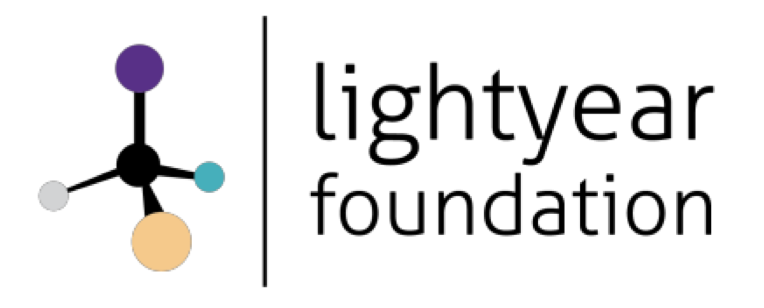ROle Models
DR HANNAH BARHAM-BROWN
Job Title: Doctor, Speaker, Disability and Gender Campaigner.
Disability: Ehlers Danlos Syndrome with Dysautonomia
Why did you want to work in STEM?
I spent a lot of my teenage years around hospitals thanks to some sick siblings, and these experiences really captured my imagination. I originally studied Combined Arts at University (because I thought I was rubbish at science!), then got onto a nursing degree, then after I completed that, managed to get onto a Graduate Medicine course – so I’m somehow a doctor without any Science A Levels! I became disabled during medical school, which was a bit of a surprise, and now I work primarily in a wheelchair.
What’s your favourite thing about your job or about working in STEM?
I love the breadth of medicine; it has opened up so many options to me, so I can do clinical work, I do politics and policy work, I work with a range of charities and travel around giving talks. But most of all, I love that whoever you are, whatever your background, the NHS team are there to care for you to the very best of our ability. I get to meet amazing people every day and try to help them!
What are your top tips for a disabled young person interested in STEM as a career?
Be versatile – you don’t have to know exactly where you’re going or exactly how you’ll get there, take opportunities that come your way, reach out to people who can mentor or sponsor you, and try to enjoy the process. By being a disability trailblazer in your chosen field, you are helping to pathe the way for others who follow, and you’re showing the world how amazing our disability community can be!
What advantages has your disability given you in your field?
I think being disabled is a real advantage in medicine, because my patients know with one look at me that I have a pretty good idea of what it is like to live with a long term health condition! I can advise people on a lot of the ‘secret curriculum’ of disability – how to get the support they need, access equipment, and also how to process some of the feelings disabled people have around their condition. It’s also really satisfying to work with young people with disabilities and show them that they have masses of potential in STEMM!


